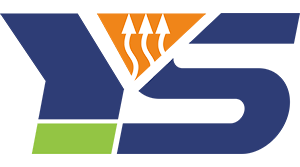There are many different ways to heat a boat. Forced air heating, water heating and diesel-fueled stoves are the most common. Forced air options are the most popular because they are very easy to use, take up little space, provide pleasant circulation of warm air, and are effective against moisture. A water heater works in a similar way, it can be connected to the engine cooling system and supply air through one or more air heaters.
As we have already seen, the advantages of the furnace are that it is self-contained, simple and reliable. This makes it a good choice for travel. Some models have a coil that allows you to enjoy all the benefits of hot water.
The location of the oven is of great importance. Ideally, choose a lower center position, especially if you plan to use it while swimming. It also requires open space for optimal air intake, usually in the cabin of the boat.
Finally, the chimney must be long enough to ensure good ventilation. If bends are required, a maximum angle of 45° is allowed. On the Arthur, the plate was located exactly in the center of gravity of the ship. To optimize ventilation, it is useful, if possible, to provide an isolated extension of the external chimney under the chimney.
The hottest area is the top of the stove and its chimney. Whenever possible, aluminum or stainless steel inserts should be used to absorb and distribute heat, attached to the insulation.
It is important to remember that radiation is important along the entire length of the inner chimney. For this reason, it is also beneficial to allow the ceiling to diffuse.
The stove must be connected to an expansion tank located above the carburetor. You can also use a small feed pump, but this will make the installation dependent on the boat’s electricity. If he has coils, you will have to explore the waterways. In order not to add a DHW circulation pump, the coil must be lower than the consumers (radiators, Euro DHW tank).
The gas pressure regulator, located on the chimney, consists of dampers and their counterweights to improve and stabilize combustion.
Finally, the installation of a heat exchanger optimizes the operation of the stove, as the chimney heats up very quickly.
Post time: Apr-18-2023
